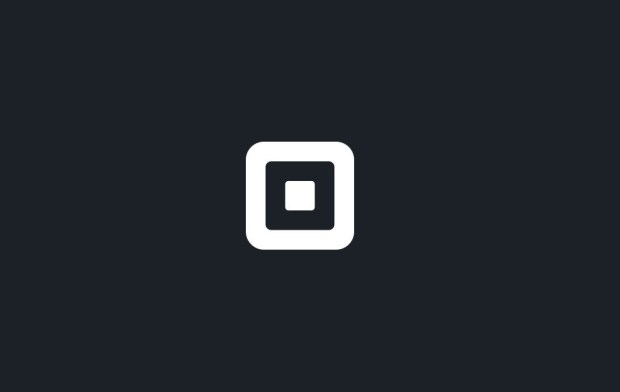Transaction Volumes, Subscription Services Boost Square’s Q2 Earnings

Square managed to beat Wall Street estimates on both earnings and revenue when second quarter earnings went live yesterday — powered largely by higher-than-expected transaction volume and marked growth in its subscription services business.
Square’s earnings forecast, however, missed investor predictions — sending Square’s stock down 1.3 percent in after-hours trading. That fall follows the drubbing Square took on the markets Monday (July 30), with its stock price dropping six percent ahead of yesterday’s release.
By The Numbers
Square’s adjusted second-quarter earnings came in at 13 cents a share on revenue of $815 million. That beat analysts’ forecasts of earnings per share (EPS) of 11 cents and revenue of $774.6 million. That’s 60 percent revenue growth year on year. Transaction-based revenue was up 30 percent year over year to $625.2 million during Q2, while gross payment volume came in at $21.4 billion — a 30 percent increase over 2017 at the same time.
The company’s net loss narrowed to $5.91 million, or 1 cent per share, from $15.96 million, or 4 cents per share, a year ago.
Larger sellers also played a bigger part in Square’s Q2 story than they have historically. Large sellers — which, as defined by Square, are those that do more than $125,000 in annual gross payment volume — accounted for about 50 percent of overall volume during the June quarter, a three percent increase over the 47 percent of all volume large sellers accounted for during Q2.
Square Cash — the platform’s P2P payment service — also reported strong results. Customers spent a total of $250 million with Cash Card, tripling the amount consumers spent in December 2017.
This year has also seen the launch of bitcoin trading through the Square Cash app. Square reported it had generated $37 million in revenue from bitcoin trading via the app — but Square elected to leave that figure and bitcoin-related costs out of its adjusted revenue.
“We’re not trying to push on the monetization of bitcoin today,” Square’s CFO Sarah Friar said. “The costs are effectively costs for us to go into the market and buy bitcoin.”
Square’s subscriptions and “services-based revenue” also doubled year over year on an adjusted basis, driven by strong performances by Square Cash, Caviar, Instant Deposit and Square Capital. The company called out its SMB lending business — Square Capital — as having performed particularly strongly, with more than 60,000 loans totaling $390 million
Square missed expectations for adjusted EPS guidance — it predicted between 8 and 10 cents for the third quarter — while analysts were looking for 13 cents. Square issued adjusted revenue guidance between $407 million and $412 million, more than the $350.1 million to $408.2 million forecast by investors.
“If we build remarkable products, it will drive momentum on the top line,” Friar said on a call with reporters.
Reactions
Despite the slight miss on the forecast, investors like Dan Dolev, executive director and analyst at Nomura Instinet, were mostly unconcerned in light of the strong revenue beat — and the power of products like Cash.
“Investors will give the company a pass because there’s no weakness, they’re just reinvesting,” Dolev said. “As long as you continue to get that revenue growth, the stock will continue to work.”
There have, however, been some concerns this week — in the run-up to earnings — about Square’s expansion into the wild and weird world of bitcoin trading. Financial services firm William Blair released a note earlier in the week noting that while it is most confident about the firm’s prospects, it is nervous about the bitcoin presence.
“We are a bit nervous about the addition of bitcoin trading, as we are concerned about regulatory and reputation risk. If Square customers lose material amounts of money from trading bitcoin, it could harm the brand’s value,” wrote William Blair.
On the whole, Square is having a very powerful year on the stock market. Shares are up 140 percent over the last year — and 88 percent of that growth has been in the last year.
